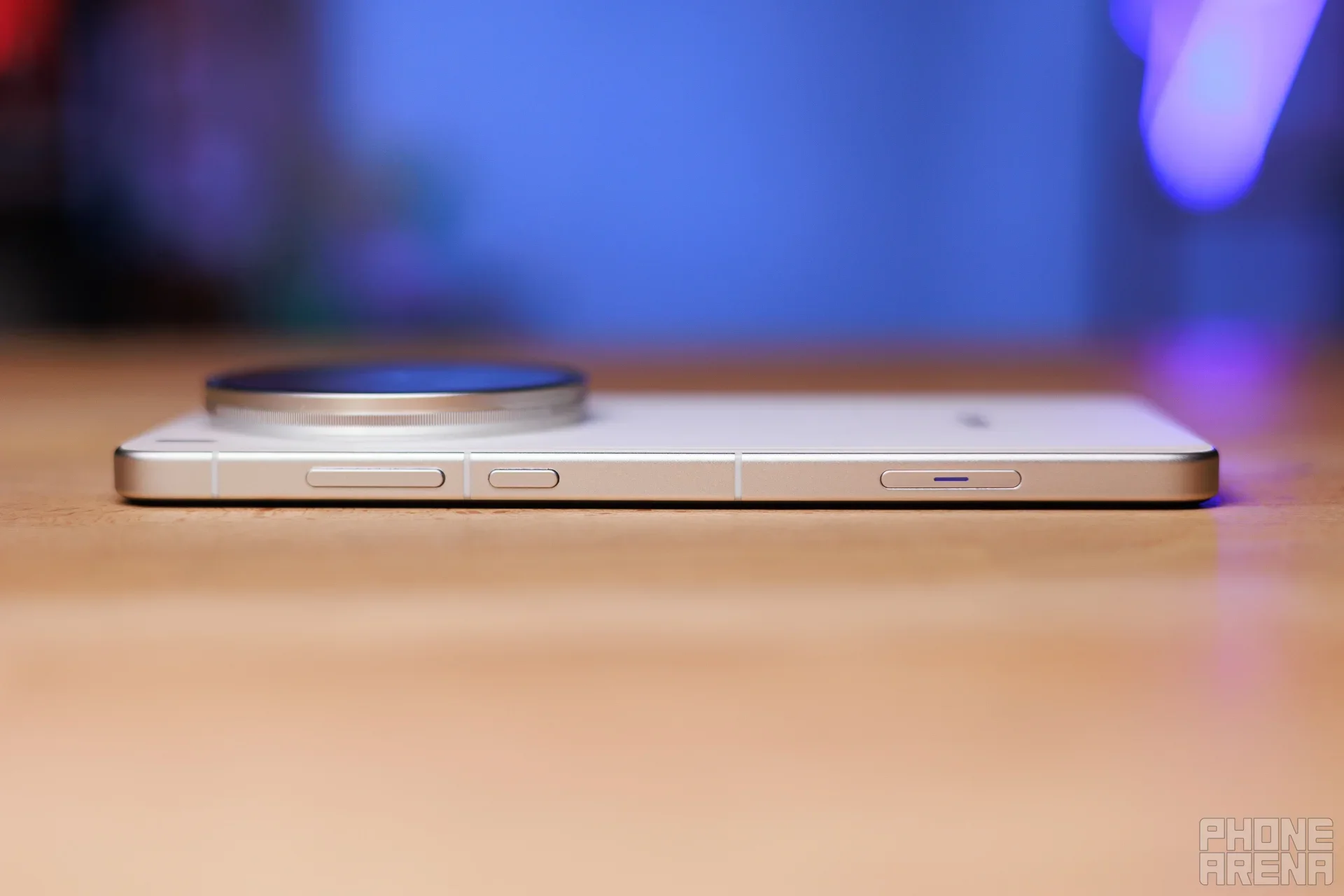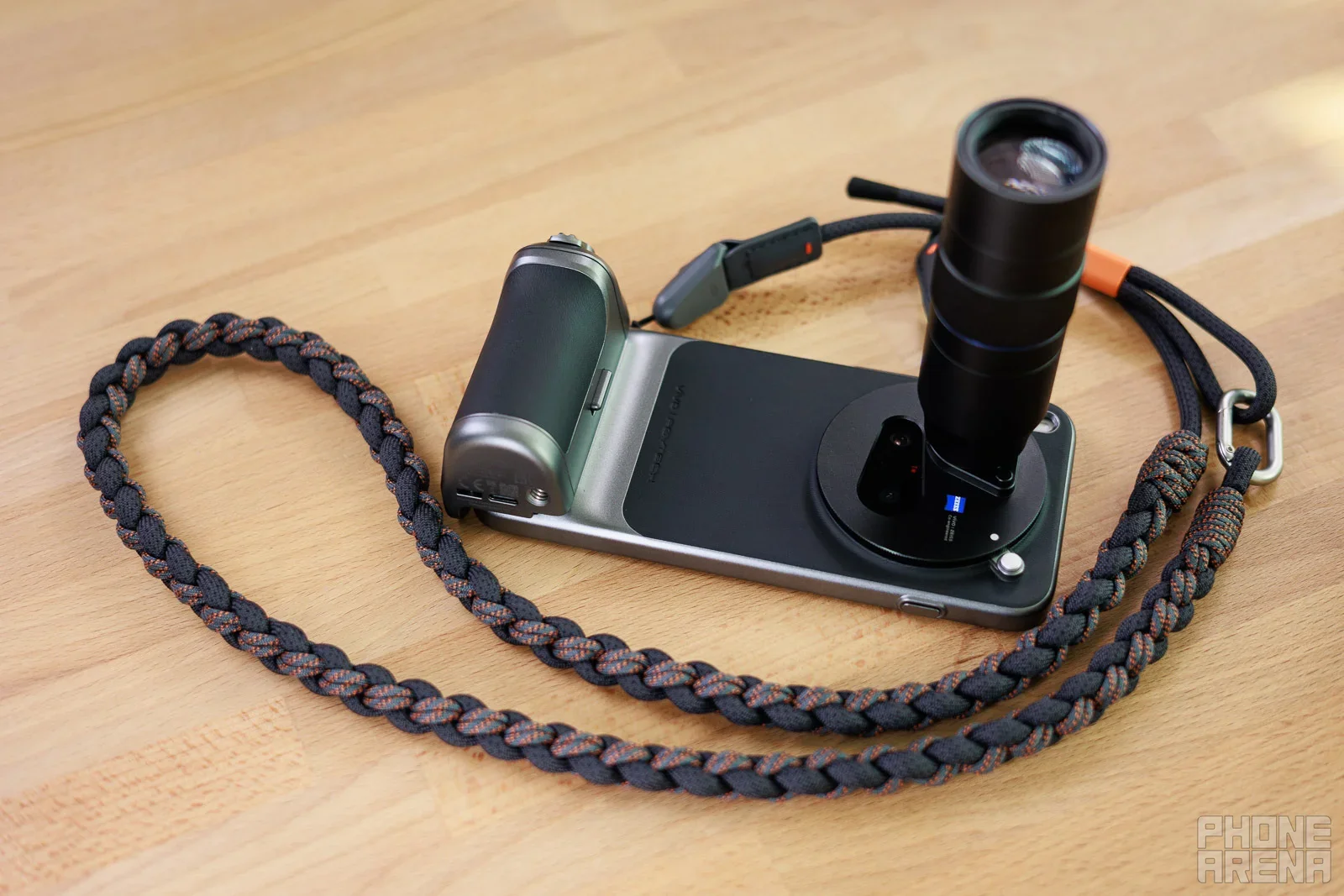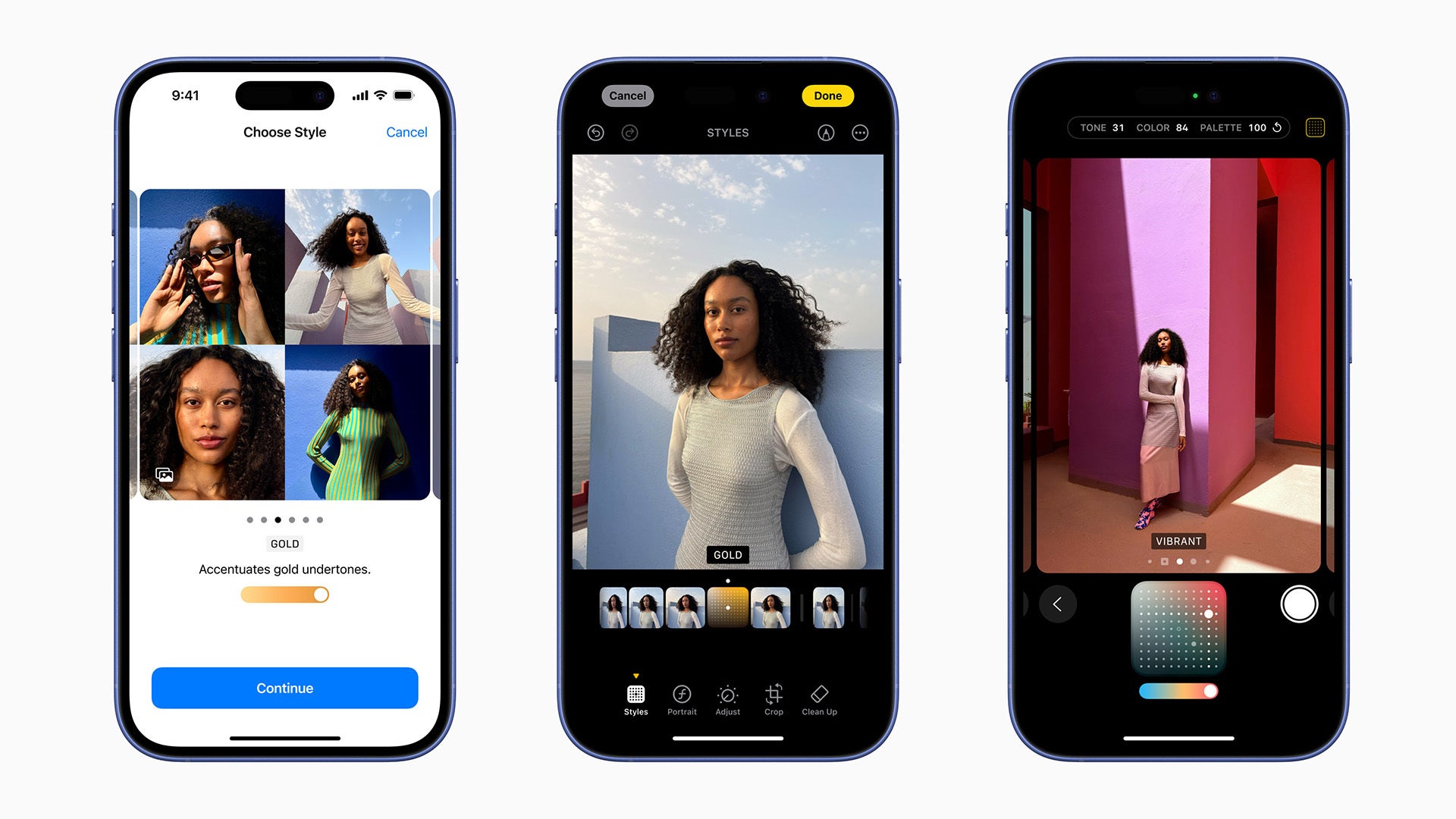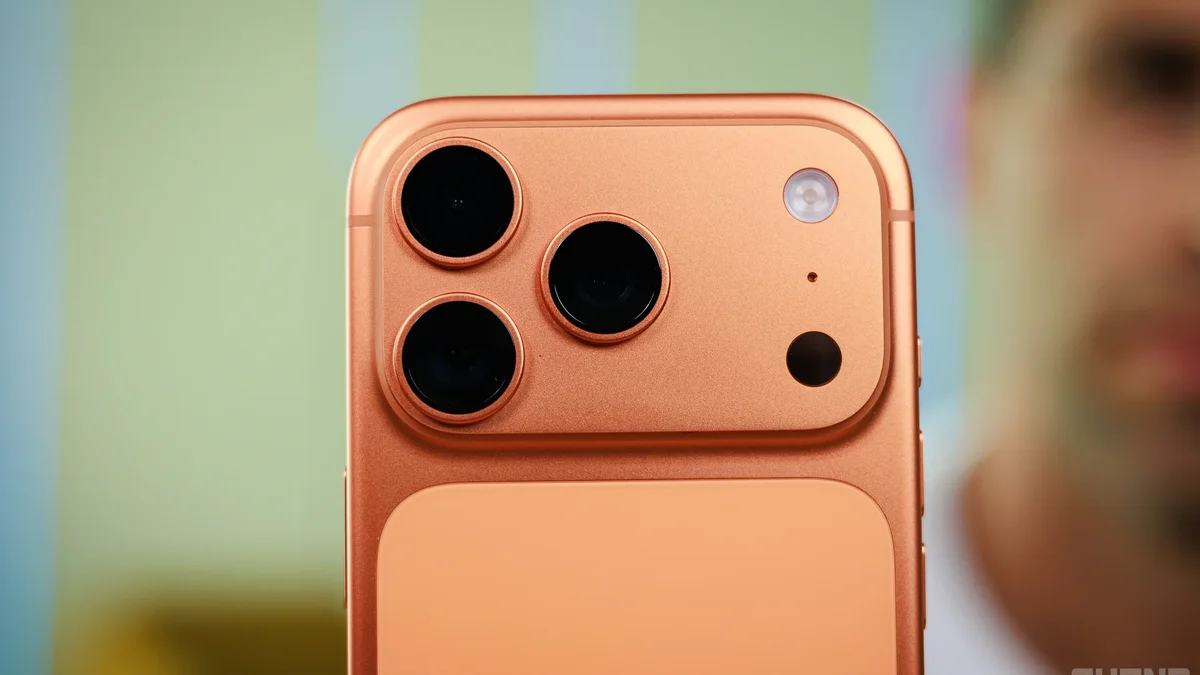A few days ago, I went through my iPhone gallery and found a Live Photo from a trip I took a month ago. It was my girlfriend pretending to try to bite me. I was taking a selfie, so I caught her antics a moment too late, and she was already laughing while I was trying to get back at her a second later. I had completely forgotten about that lovely little episode of our trip and, for a second, it felt like I stepped back in time. That’s when it hit me: no other phone camera makes memories feel alive like the iPhone does. I have tried all the latest Android flagships. They have huge sensors, a dozen lenses, and camera specs that look like they’re straight out of a DSLR manual. But those photos are missing one thing: the way the iPhone makes photos look vivid and effortless.
The problem
When I try to analyze what was behind this little moment of memory, I realize that Apple didn’t just polish each individual Live Photo experience. When you take multiple photos in close succession, the Live Photos will be merged into a single video. That’s exactly how six Live Photos selfies turned into a fun little video.
This is something that Apple has done quietly. You won’t read about this in the company’s marketing materials, but it shows incredible attention to detail that I just don’t see in other phones.
Instead, playbooks from other brands typically focus on specs rather than usability. Company X uses the newer Sony IMX3435 sensor. I made that number, but we are often bombarded with that level of technicality while completely overlooking the experience of photography.
Phones are bulky and difficult to use

Vivo’s X200 Ultra design enters No, thanks territory with this monstrous camera bump (Image from PhoneArena)
It doesn’t help that most of those super camera phones are bulky, awkward devices with a giant camera module.
Try holding the latest Vivo X series Pro or Ultra phones. Yes, they have large sensors, but the devices are so incredibly heavy that they feel like they could fall out of your hand at any moment. The iPhone experience, by contrast, feels considered, as if it were made for real hands, not lab demonstrations.
Let me be clear: I am not totally against camera phones. Some people love photography and want the bigger sensors, but what I’m saying is that that design appeals to a very specific audience. It’s strange to glorify such a specific design as the best camera phone for everyone when it comes to such compromises.
Camera UIs seem to operate a machine, not capture a moment


Instead of focusing on polishing the user experience, we see companies pull useless tricks like this attachment (Image from PhoneArena)
Apple recently modified the camera app on iPhones with iOS 26, and it has a delightfully simple design.
The camera app on many other phones often feels outdated or overwhelming.
OnePlus phones, for example, have a big button with shooting modes right in the camera app. All of those shooting modes are incredibly specific, including things like fireworks. These options shouldn’t take pride of place in the camera app, but those companies just don’t seem to care.
Not to mention the other great commitment to the majority Android phones: the choppy transition between lenses. It’s another thing that Apple doesn’t boast about, but it gets it right. After all, it’s all about the “feel” of a camera, not just its technical complexity.
What Apple did right


Photo Styles Are Much More Than Just Filters (Apple Image)
I have already given the example of Live Photos, and it is very important to me because it is a very subtle way of telling emotional stories, a kind of photography that breathes.
But there is much more. I was surprised that many android phones It still doesn’t let you convert a normal photo of a person into a portrait mode photo. Over the past few years, all iPhones have been able to do that, meaning you never need to shoot in portrait mode.
This is a huge quality of life improvement, but it is nowhere to be found in many android phones.
Or let’s move on to more detailed 24MP photos on iPhones. Again, a change was made a couple of years ago, but compare it to Android leaders Samsung and Galaxy phones, which still take default 12MP photos.
And then come the editing tools: built-in, fast, built-in for real use. Photo styles are more than the basic filters you find on android phonesand again, we haven’t seen anything this well thought out in these supposed super camera phones.
Why does all this matter?
I don’t want this to be Apple nonsense. There are some parts of the camera experience that I think android phones They are much better than iPhones.
Samsung phones have magic erase, which works much better than the Wipe tool on iPhones. Vivo and Xiaomi phones use telephoto cameras for macros, resulting in some impressive close-ups, while iPhones still rely on the ultra-wide-angle camera for macro photos (which is the wrong way to do it).
But at the end of the day, photography isn’t just about megapixels: it’s about emotions.
The iPhone has managed to remain consistent and using its camera is a matter of ease and “liveliness”. It’s a much better memory machine in my opinion.
And I really wish more companies would realize that and start focusing more on the experience, not just the hardware.



